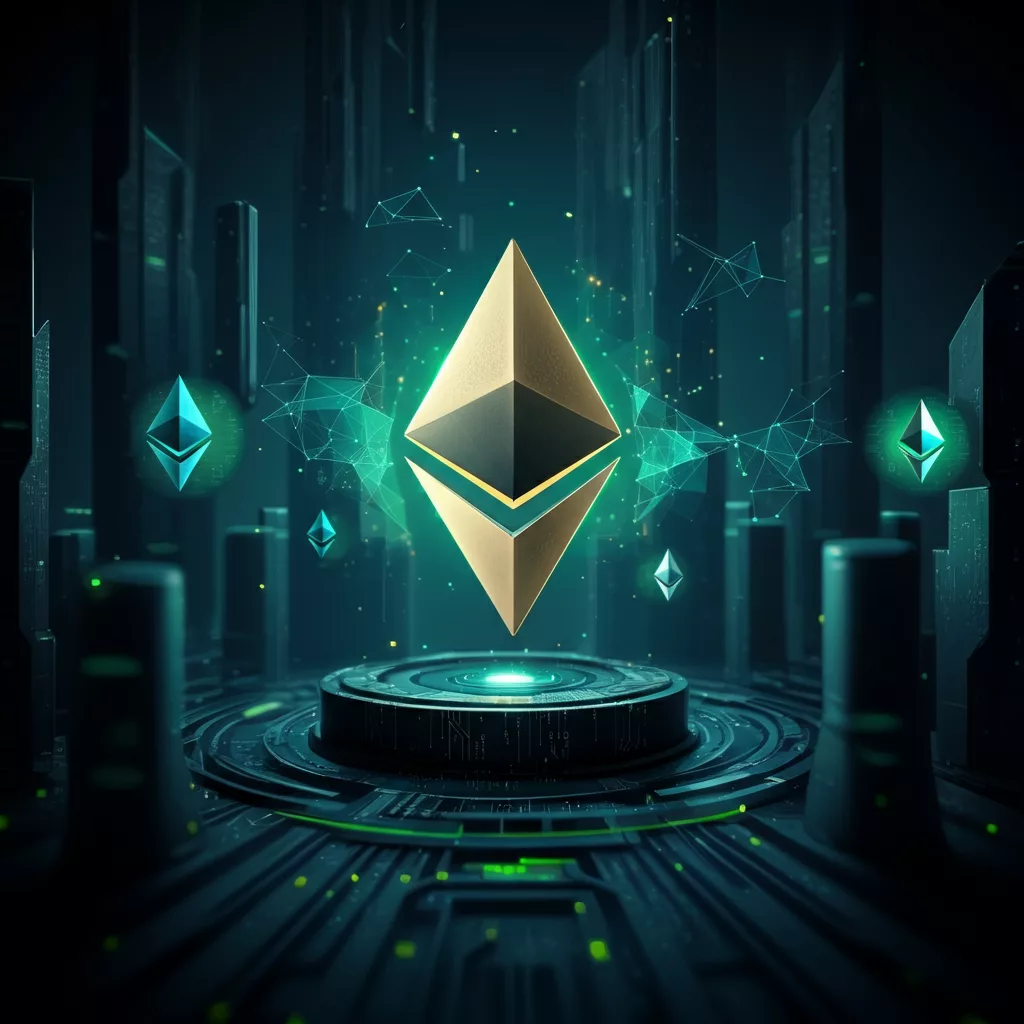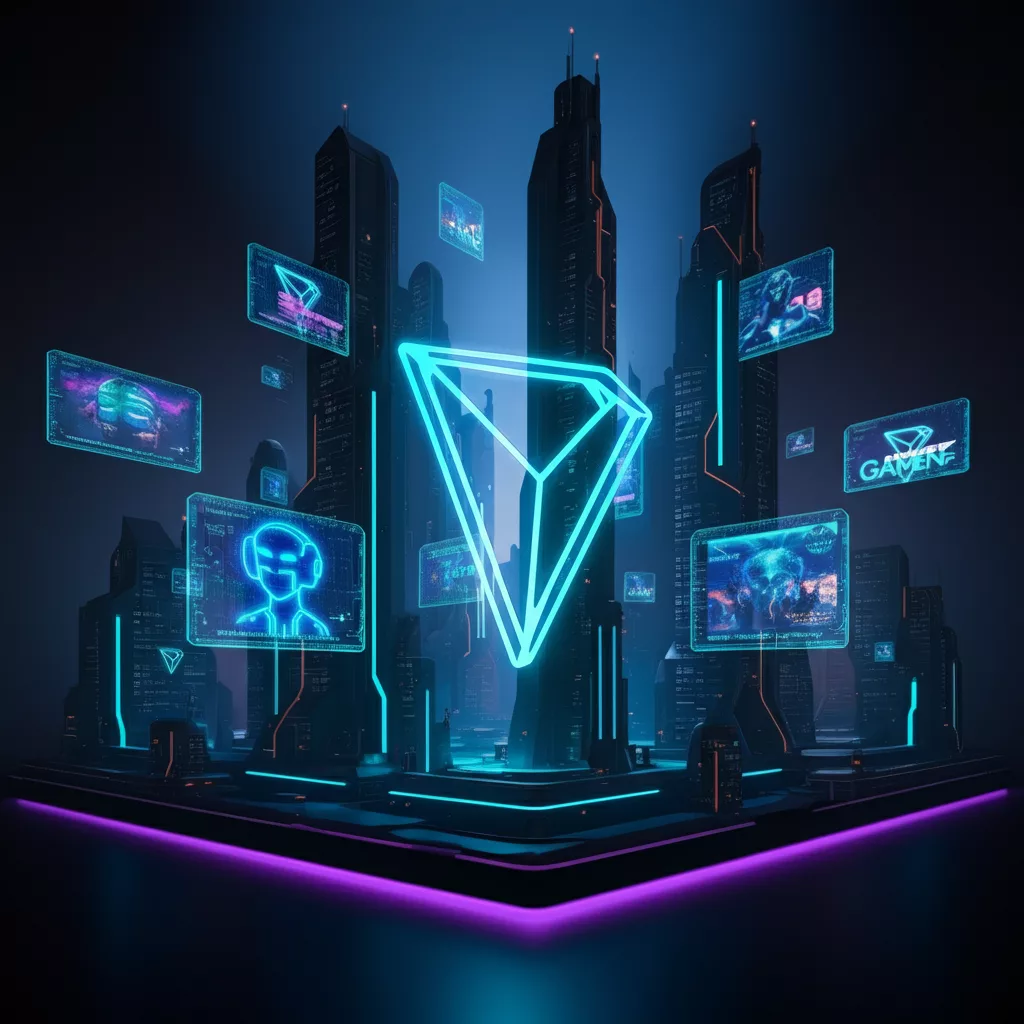When it comes to modern technology, few innovations have sparked as much attention and potential as blockchain technology. Once limited to powering cryptocurrencies like Bitcoin, blockchain has evolved into a multifaceted technology with applications across industries such as finance, healthcare, supply chain management, and entertainment. For entrepreneurs, investors, and tech enthusiasts, understanding the various blockchain platforms is critical to tapping into their full potential.
This guide explores some of the most popular blockchain platforms—Bitcoin, Ethereum, Binance Smart Chain, Cardano, Solana, XRP, Tron, Ton, and Sui—and their applications, market significance, and future opportunities.
What is Blockchain Technology?
Blockchain technology functions as a decentralized and distributed ledger, securely recording transactions with transparency and resistance to tampering. This innovative system eliminates intermediaries, reduces fraud, and enhances data security, making it a revolutionary tool for countless sectors.
But not all blockchains are created equal. Each platform has its unique technical infrastructure, features, and strengths. Below, we break down the most prominent blockchain platforms dominating the landscape today.
Overview of Popular Blockchain Platforms
1. Bitcoin (BTC)

- Purpose:
- The first-ever cryptocurrency created to act as a decentralized store of value and medium of exchange.
- Key Features:
- Proof-of-Work (PoW) consensus mechanism for securing the network.
- Limited supply of 21 million bitcoins to ensure scarcity.
- Market Position & Future:
- Maintains its position as the gold standard of cryptocurrencies.
- Future developments focus on scalability through Lightning Network adoption.
- Real-World Example:
- Companies like MicroStrategy hold Bitcoin as a treasury asset, and financial entities use it for international remittances.
2. Ethereum (ETH)

- Purpose:
- A decentralized platform for building and executing smart contracts and decentralized applications (dApps).
- Key Features:
- Transitioned to Proof-of-Stake (PoS) with Ethereum 2.0, reducing energy consumption by over 99%.
- Largest ecosystem for DeFi and NFT innovation.
- Market Position & Future:
- #2 in market capitalization and a leader in DeFi.
- Further scalability expected via upgrades like sharding.
- Real-World Example:
- Platforms like MakerDAO use Ethereum’s smart contracts for creating decentralized stablecoins like Dai.
3. Binance Smart Chain (BSC)

- Purpose:
- A blockchain built for efficient and scalable DeFi applications.
- Key Features:
- Lower transaction fees compared to Ethereum.
- Compatibility with Ethereum Virtual Machine (EVM).
- Market Position & Future:
- Strong ecosystem driven by Binance’s brand value.
- Focused on maintaining affordability and speed for DeFi users.
- Real-World Example:
- PancakeSwap, a leading DEX, enables yield farming and staking for BSC users.
4. Cardano (ADA)

- Purpose:
- A blockchain aiming to bring sustainability and interoperability to decentralized ecosystems.
- Key Features:
- PoS consensus with an emphasis on eco-friendliness.
- Layered architecture for scalability and security.
- Market Position & Future:
- Known for rigorous, peer-reviewed development.
- Expansion into developing regions, especially in Africa.
- Real-World Example:
- Used in Ethiopia to track student performance in the education sector.
5. Solana (SOL)

- Purpose:
- A fast and high-performance blockchain for decentralized applications.
- Key Features:
- Able to handle more than 65,000 transactions per second (TPS).
- Low transaction fees due to efficient scalability.
- Market Position & Future:
- Popular for DeFi and NFTs, with high developer adoption.
- Addressing network stability challenges to ensure continuous growth.
- Real-World Example:
- Serum DEX, known for speed and affordability in DeFi trading.
6. XRP (Ripple)

- Purpose:
- Designed as a digital currency for seamless cross-border payments.
- Key Features:
- Uses RippleNet for ultra-fast, low-cost international transactions.
- Positioned to solve inherent inefficiencies in traditional payment systems.
- Market Position & Future:
- Strong partnerships with financial institutions globally.
- Regulatory clarity could boost adoption further.
- Real-World Example:
- Ripple’s On-Demand Liquidity solutions help financial firms cut costs on cross-border payments.
7. Tron (TRX)

- Purpose:
- A platform for decentralized content and entertainment, empowering creators.
- Key Features:
- Focused on decentralized entertainment, gaming, and video streaming.
- High transaction speed and negligible costs.
- Market Position & Future:
- Competing as a leader in decentralized content platforms.
- Real-World Example:
- WINk’s decentralized gaming ecosystem runs on Tron.
8. Ton (The Open Network)

- Purpose:
- Initially Telegram’s blockchain, now developed as a general-purpose decentralized platform.
- Key Features:
- Focus on scalability and usability for ordinary users.
- Integrated with Telegram for smooth adoption and easy integration.
- Market Position & Future:
- A rising player due to community-driven development.
9. Sui

- Purpose:
- A new Layer 1 blockchain emphasizing developer-friendly environments.
- Key Features:
- Uses Move programming language for smart contracts.
- Focused on high throughput and low latency.
- Market Position & Future:
- Potential to compete with Solana for high-performance applications.
Comparison of Platforms
Scalability & Speed
- Solana leads with its unmatched 65,000 TPS, followed by Binance Smart Chain and Ethereum 2.0 with significant improvements.
Transaction Costs
- Tron and Binance Smart Chain are known for their low fees, while Ethereum aims to address its cost through future upgrades.
Security & Decentralization
- Bitcoin and Ethereum stand out for their robust decentralization, though trade-offs in speed and scalability exist.
Environmental Impact
- Cardano and Ethereum 2.0, both PoS-based, demonstrate significant leadership in sustainability compared to PoW platforms like Bitcoin.
Real-World Use Cases and Adoptability
Blockchain is already reshaping industries:
- Finance & Payments: Ripple’s XRP streamlines international transfers.
- DeFi: Ethereum and Solana dominate the decentralized finance ecosystem.
- Education: Cardano drives transparency in academic records in Ethiopia.
- Entertainment & Gaming: Tron expands decentralized gaming opportunities.
Investment & Entrepreneurial Opportunities
For investors and entrepreneurs, blockchain platforms offer unprecedented opportunities:
- Entrepreneurs can utilize Ethereum or Binance Smart Chain to build dApps with ease.
- Investors can diversify portfolios with coins powering these platforms, but due diligence on market volatility and regulatory risks are critical.
Future Outlook
Blockchain technology, though still evolving, is poised to redefine the way we conduct business and interact digitally. Platforms like Ethereum and Cardano will likely drive innovation in dApps and global sustainability, while Solana continues to lead in performance metrics.
Are you ready to engage with blockchain technology? Share your insights in the comments below or start exploring these platforms to uncover the possibilities!
Previous Post: The Ultimate Showdown: Blockchain vs Traditional Database – Which One Wins?
Next Post: Smart Contracts Exposed: The Fun and Easy Guide for Beginners!
